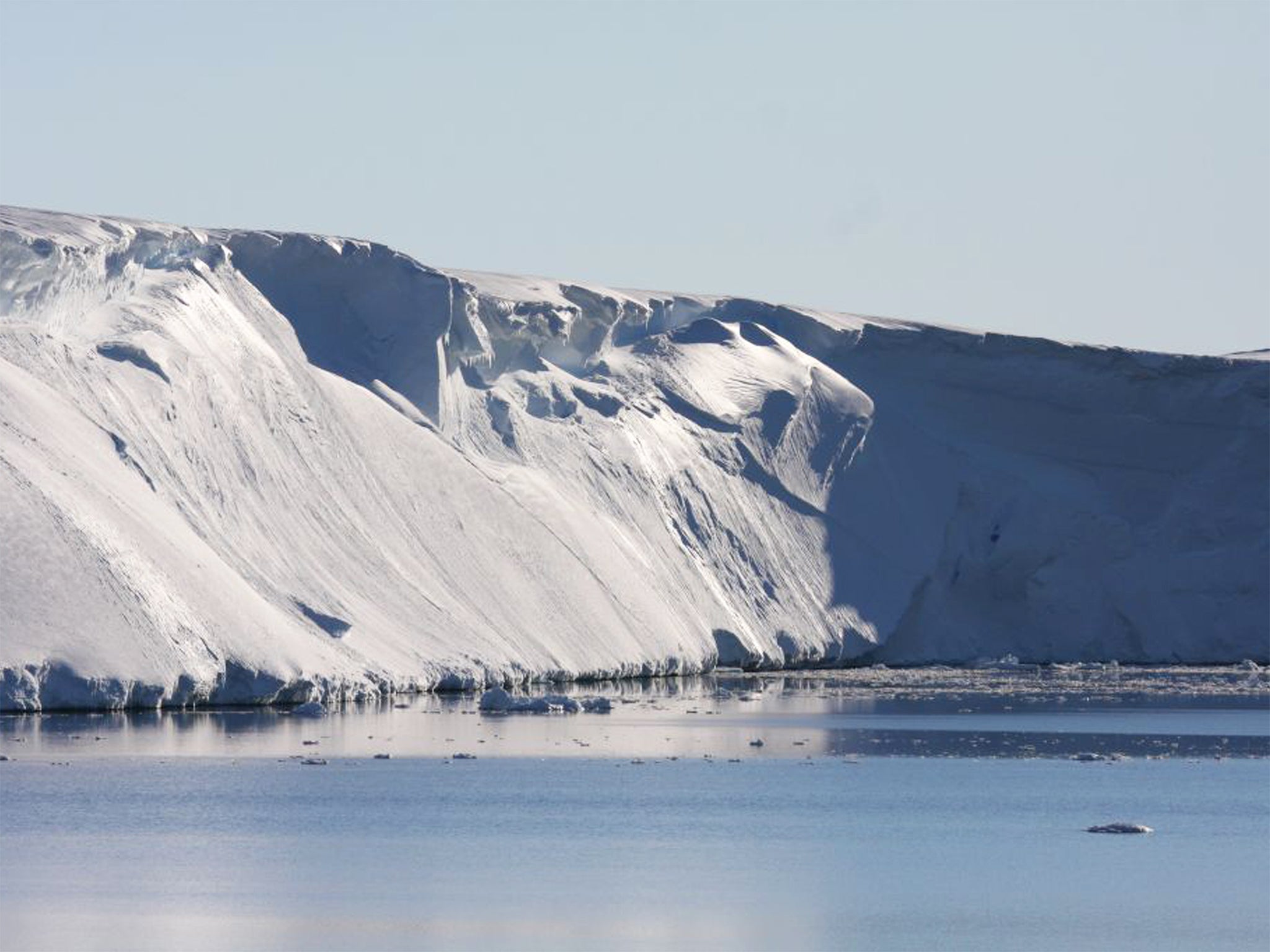Antarctic glacier under threat from global warming could raise sea levels by almost three metres, scientists warn
Experts say the melting of the Totten Glacier over the next century would ‘have a huge impact’

Your support helps us to tell the story
From reproductive rights to climate change to Big Tech, The Independent is on the ground when the story is developing. Whether it's investigating the financials of Elon Musk's pro-Trump PAC or producing our latest documentary, 'The A Word', which shines a light on the American women fighting for reproductive rights, we know how important it is to parse out the facts from the messaging.
At such a critical moment in US history, we need reporters on the ground. Your donation allows us to keep sending journalists to speak to both sides of the story.
The Independent is trusted by Americans across the entire political spectrum. And unlike many other quality news outlets, we choose not to lock Americans out of our reporting and analysis with paywalls. We believe quality journalism should be available to everyone, paid for by those who can afford it.
Your support makes all the difference.Global warming could raise sea levels by almost three metres (9.8ft) by destabilising a major eastern Antarctic glacier, scientists have said.
A study predicts that unless the current rate of climate change is reduced, the Totten Glacier could cross a point of no return within the next century.
This would lead to it retreating up to 300 kilometres (186.4 miles) inland and releasing vast amounts of water.
Global sea levels could rise by as much as 2.9 metres as a result, it is claimed - although the whole process might take several hundred years.
Professor Martin Siegert, co-director of the Grantham Institute at Imperial College London, said: “The evidence coming together is painting a picture of East Antarctica being much more vulnerable to a warming environment than we thought.
”This is something we should worry about. Totten Glacier is losing ice now, and the warm ocean water that is causing this loss has the potential to also push the glacier back to an unstable place.
“Totten Glacier is only one outlet for the ice of the East Antarctic Ice Sheet, but it could have a huge impact.
”The East Antarctic Ice Sheet is by far the largest mass of ice on Earth, so any small changes have a big influence globally.“
The Antarctic Ice Sheet covers a land area of almost 5.4 million square miles at the South Pole and contains about 61% of all the fresh water on Earth.
It is divided into two western and eastern sections by a range of mountains.
The Eastern Antarctic Ice Sheet is currently thought to be relatively stable compared with the much smaller West Antarctic Ice Sheet. But Totten Glacier is bucking the trend by losing substantial amounts of ice.
The new study published in the journal Nature found that if the glacier withdraws another 100 - 150 kilometres, its front will be sitting on an unstable bed. This could trigger a period of rapid retreat.
Scientists conducted airborne geophysical surveys to study sedimentary rocks below the glacier.
PA
Join our commenting forum
Join thought-provoking conversations, follow other Independent readers and see their replies
Comments